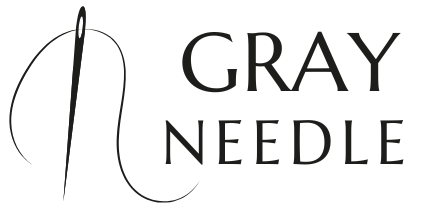Are you ready to embark on your sewing journey? Whether you’re looking to create handmade gifts, upcycle old clothing, or simply explore a new hobby, understanding the essential sewing tips for beginners can make all the difference. This guide is designed to help you build a solid foundation in sewing, ensuring that you feel confident and inspired as you start crafting.
First and foremost, it’s crucial to equip yourself with the right tools. From basic sewing machines to essential accessories like scissors, measuring tapes, and pins, having the right equipment can enhance your sewing experience. Additionally, familiarizing yourself with different fabrics and their properties will aid in making informed choices for your projects.
Moreover, mastering fundamental techniques is key for beginners. Learning how to thread a needle, make basic stitches, and properly cut fabric are skills that will set the stage for more complex projects down the road. Don’t be afraid to practice; every expert was once a beginner!
For those eager to dive into the world of sewing, we invite you to visit our website to learn more and get started today! Click here.
Choosing the Right Sewing Tools and Supplies
Selecting the appropriate sewing tools and supplies is essential for any beginner looking to create beautiful projects. The right tools not only enhance your sewing experience but also ensure that your creations are of high quality and durability. Here are some must-have items to consider:
- Sewing Machine: Investing in a reliable sewing machine is the first step. For beginners, a basic model with essential stitches will suffice. Look for features like easy threading and adjustable speed.
- Fabric Scissors: A good pair of fabric scissors is crucial. Avoid using regular household scissors as they can dull quickly and may not cut fabric accurately.
- Measuring Tools: Accurate measurements are key in sewing. A measuring tape, quilting ruler, and fabric chalk or markers will help you achieve precise cuts and hems.
- Pins and Clips: Use pins or fabric clips to hold your fabric pieces together while sewing. This prevents shifting and ensures that your seams align perfectly.
- Threads: Choose high-quality threads that match your fabric. Polyester threads are a versatile choice, while cotton threads work well for natural fibers.
- Iron and Ironing Board: Pressing your fabric pieces before and after sewing is essential for a polished finish. An iron and a sturdy ironing board will help you achieve crisp seams.
By gathering these essential tools and supplies, you’ll be well on your way to mastering the craft of sewing. Remember, the right tools can make your crafting journey easier and more enjoyable!
Basic Sewing Techniques Every Beginner Should Know
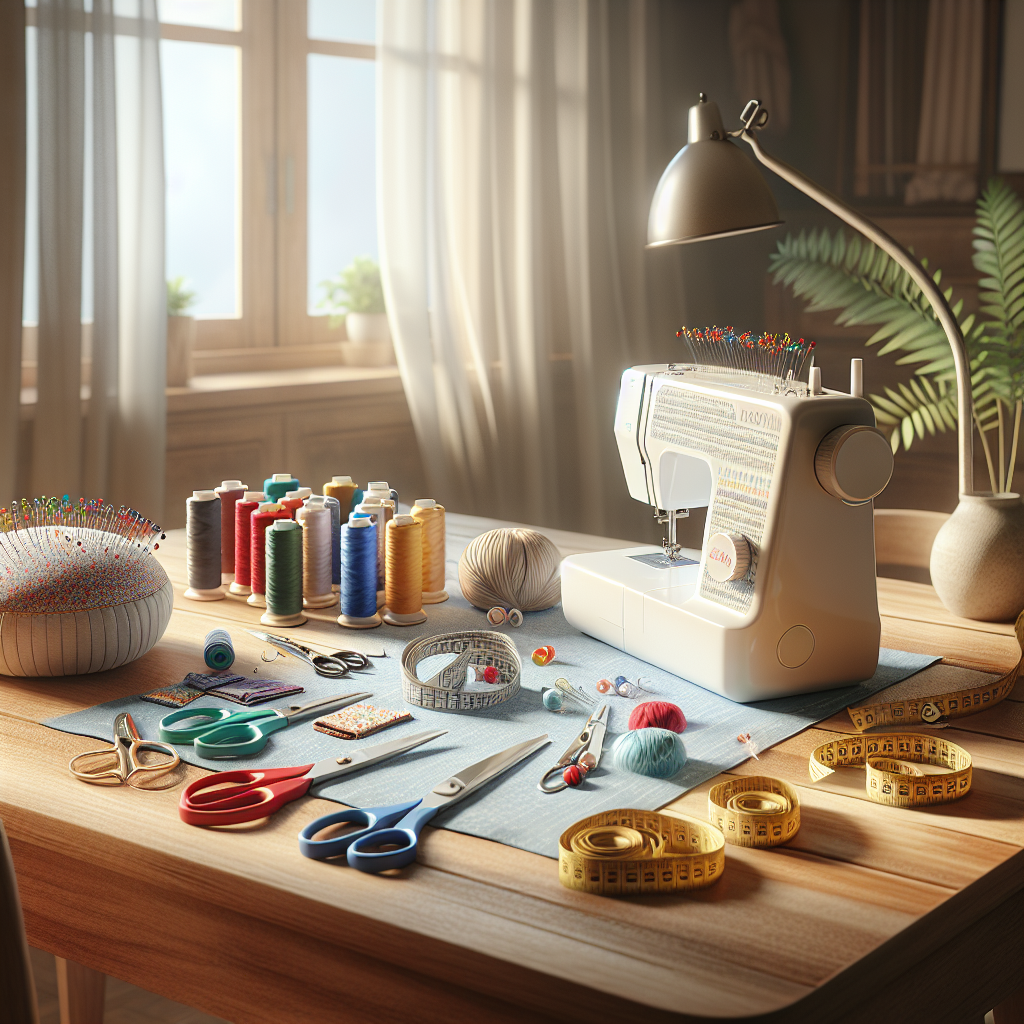
Understanding fundamental sewing techniques is crucial for beginners as they lay the groundwork for more advanced skills. Here are some basic techniques that every novice should become familiar with:
- Threading the Needle: Properly threading your sewing machine is the first step in any project. Make sure to follow the machine’s manual for correct threading.
- Sewing a Straight Stitch: The straight stitch is the foundation of most sewing projects. Practice sewing straight lines on scrap fabric to develop your control and confidence.
- Backstitching: This technique secures your stitches and prevents unraveling. Always backstitch at the beginning and end of your seams for added durability.
- Hemming: Learning to hem fabric edges is essential for finishing garments and projects. Techniques like the blind hem or double-fold hem will give your pieces a professional touch.
- Gathering Fabric: Gathering creates fullness in fabric, ideal for skirts or ruffles. Use long stitches along the fabric edge and pull the threads to create gathers.
- Reading Patterns: Familiarize yourself with sewing patterns, including symbols and markings. This knowledge will help you understand instructions and layout your fabric correctly.
By mastering these basic sewing techniques, you will build a solid foundation that will support your growth as a sewing enthusiast. Practice these skills regularly to enhance your crafting abilities!
Understanding Fabrics and Their Uses in Sewing
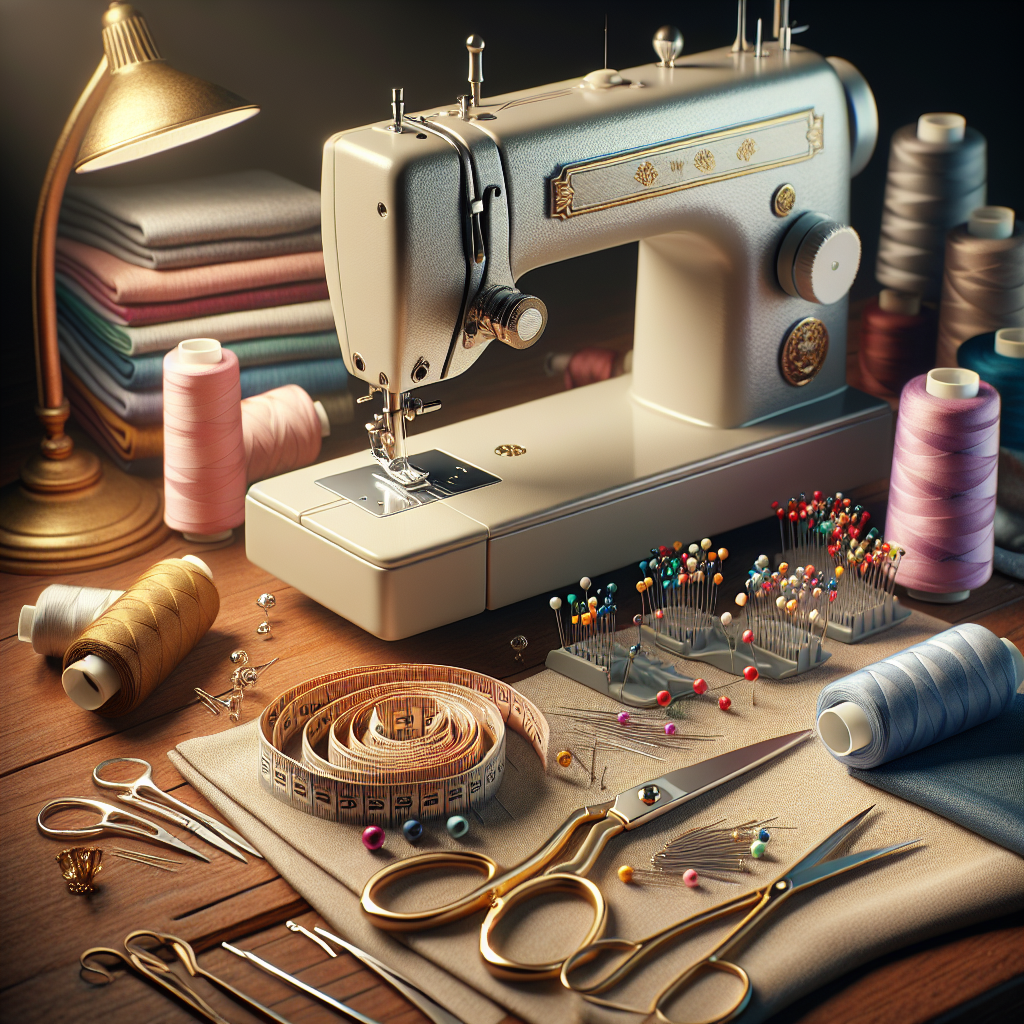
Choosing the right fabric is a vital aspect of sewing that can significantly impact the outcome of your projects. Each type of fabric has its unique properties and uses, making it essential to understand what works best for your needs. Here’s a brief overview of some common fabrics and their applications:
- Cotton: Versatile and easy to work with, cotton is ideal for beginners. It comes in various weights and patterns, making it perfect for quilting, garments, and home décor.
- Polyester: This synthetic fabric is durable, wrinkle-resistant, and often used in clothing. It’s great for beginners as it requires less care and is less likely to shrink.
- Linen: Known for its breathability and natural texture, linen is excellent for warm-weather garments. However, it can be challenging to sew due to its tendency to fray.
- Silk: Luxurious and smooth, silk is a beautiful choice for formal wear. It requires careful handling and sewing techniques to achieve the best results.
- Knits: Stretchy fabrics like jersey and interlock are perfect for comfortable clothing such as t-shirts and leggings. Learning to sew knits requires a few specific techniques, including the use of a ballpoint needle.
- Denim: A heavy and durable fabric, denim is often used for jeans and jackets. It can be more challenging to sew due to its thickness, so it’s recommended for those with some experience.
By understanding the various fabrics available and their specific uses, you can make informed choices for your sewing projects. This knowledge not only enhances your skills but also ensures that your creations are both functional and stylish.
Simple Sewing Projects for Newbies to Try
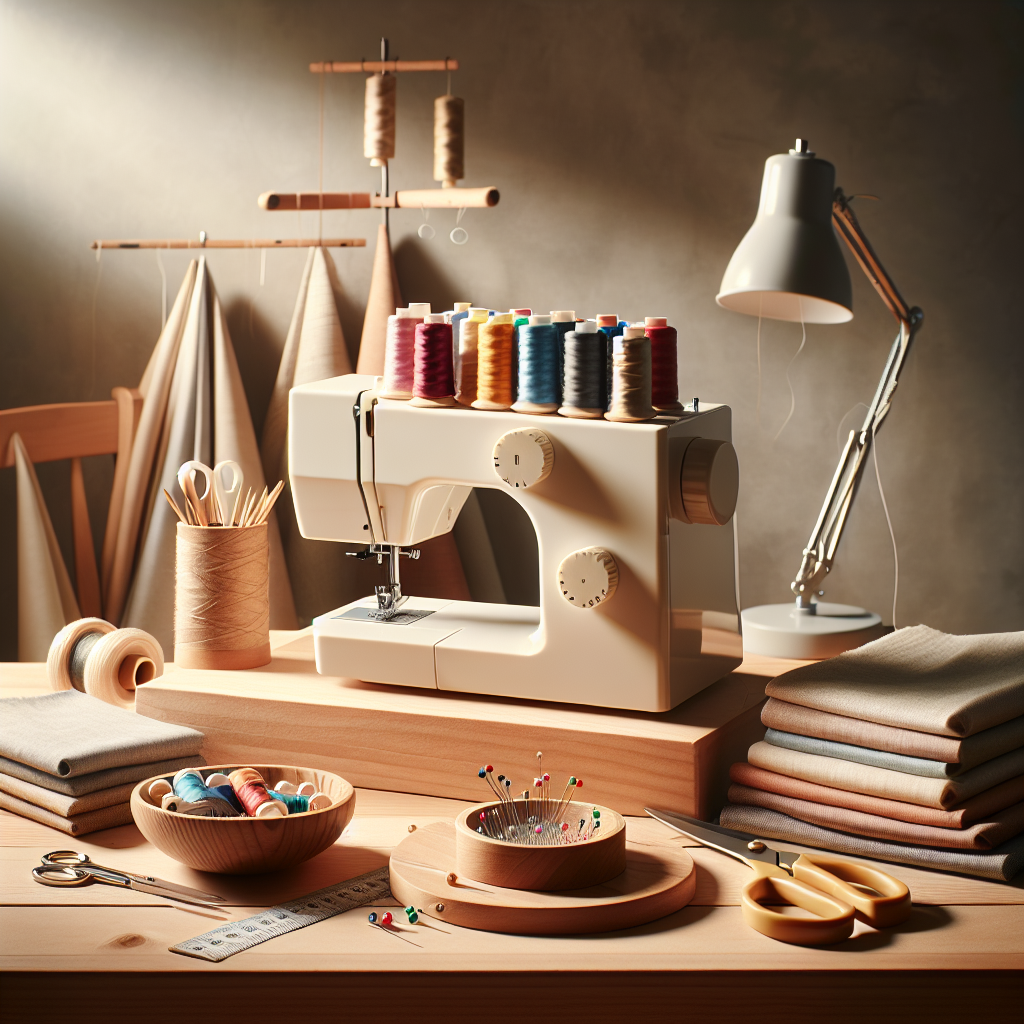
Starting your sewing journey can be exciting and overwhelming at the same time. To help you build your skills and confidence, here are some simple sewing projects that are perfect for beginners:
- Drawstring Bag: A quick and easy project that requires minimal cutting and sewing. You can customize the size and fabric, making it great for organizing small items.
- Simple Pillowcase: Create a stylish pillowcase using a single piece of fabric. This project teaches you basic sewing techniques and is a perfect way to practice straight seams.
- Fabric Coasters: These quick-to-make coasters allow you to experiment with different fabrics and colors. It’s a great way to use up scrap fabric while adding a personal touch to your home.
- Headband: A simple fabric headband can be made with just a few stitches. This project is perfect for using stretchy fabrics and allows for creative designs.
- Basic Tote Bag: A tote bag is a functional project that introduces you to sewing with handles and shaping. You can personalize it with pockets or embellishments to make it unique.
- Simple Skirt: Once you feel comfortable with basic sewing, try making a simple elastic-waist skirt. This project will help you learn about gathering and working with patterns.
These projects not only help you practice essential sewing skills but also allow you to create functional items that you can use or gift. Embrace the joy of sewing as you explore these beginner-friendly ideas!
Building Confidence and Skills in Sewing
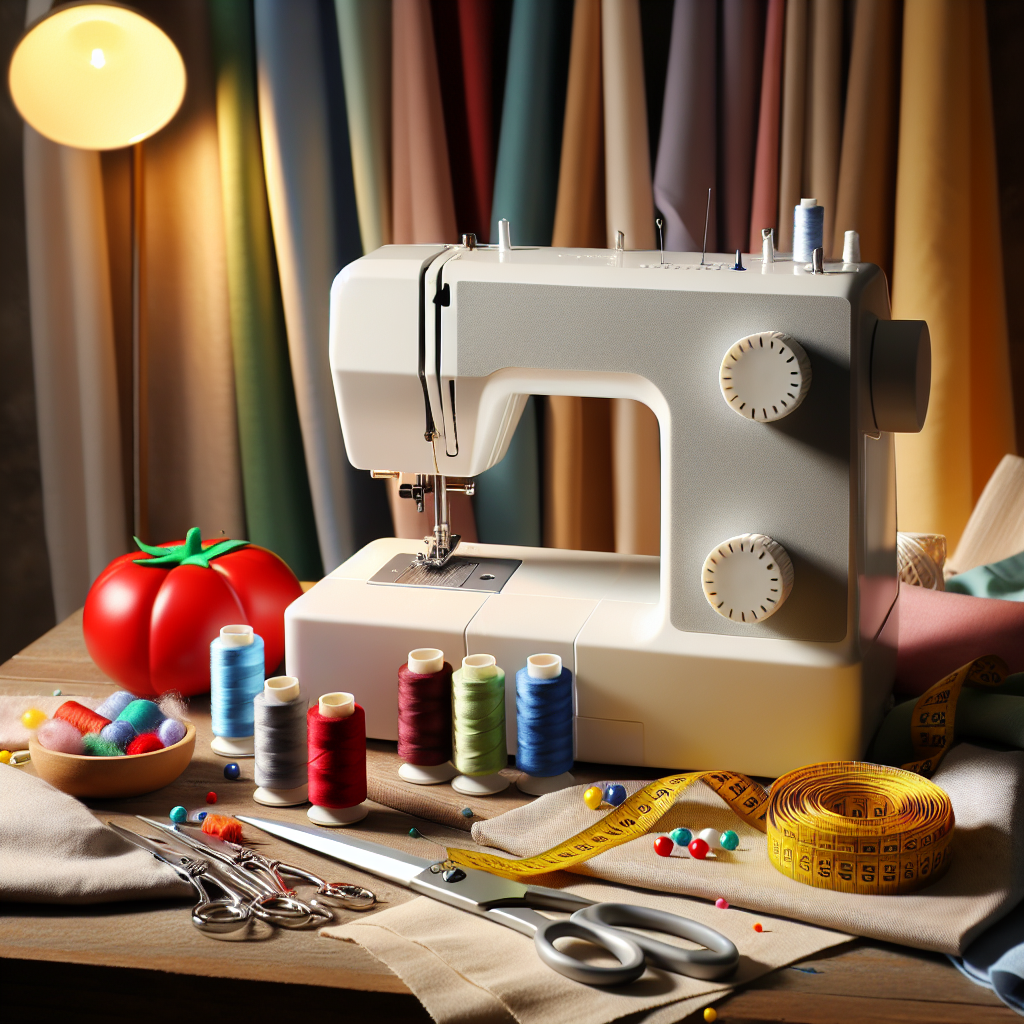
As you embark on your sewing adventure, building confidence and enhancing your skills is crucial for your growth as a sewing enthusiast. Here are some effective strategies to help you on this journey:
- Practice Regularly: The more you sew, the better you’ll become. Dedicate a specific time each week to work on your projects, whether big or small. Consistency is key!
- Learn from Mistakes: Every sewist faces challenges. Instead of feeling discouraged by errors, view them as learning opportunities. Analyze what went wrong and adjust your technique.
- Seek Feedback: Join sewing communities, both online and offline, to share your work and receive constructive criticism. Engaging with fellow sewing enthusiasts can provide motivation and new ideas.
- Expand Your Techniques: As you grow more comfortable, try incorporating new techniques into your projects. Experiment with different stitches, fabrics, and patterns to broaden your skillset.
- Set Achievable Goals: Break down your sewing journey into manageable goals. This could be mastering a new stitch or completing a specific project. Celebrate each milestone to boost your confidence.
Remember, sewing is not just about the final product; it’s about the process and the joy of creating. By taking these steps, you will not only increase your sewing skills but also build the confidence needed to tackle more complex projects.
Visit our website to learn more and get started today! Click here.
